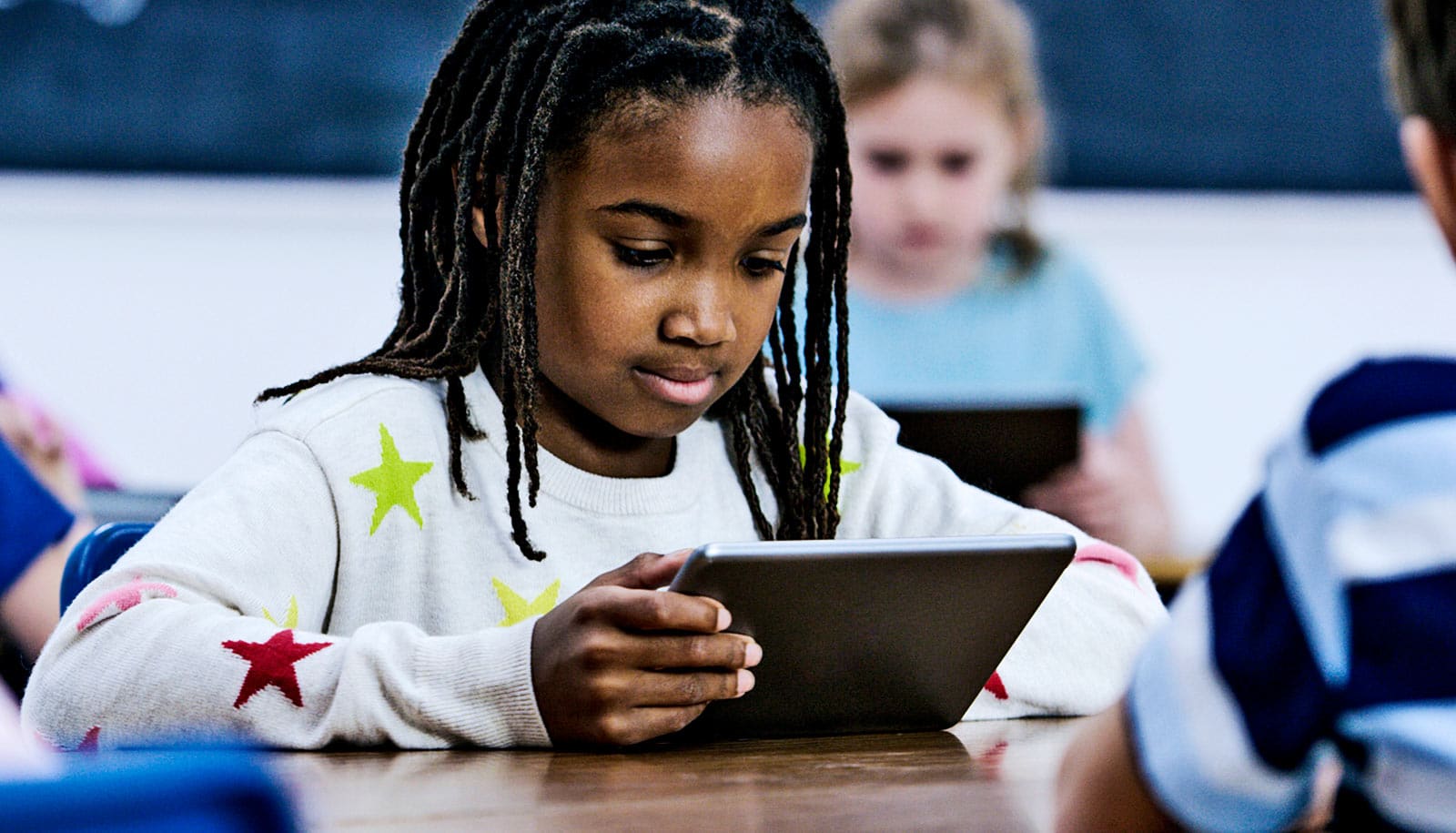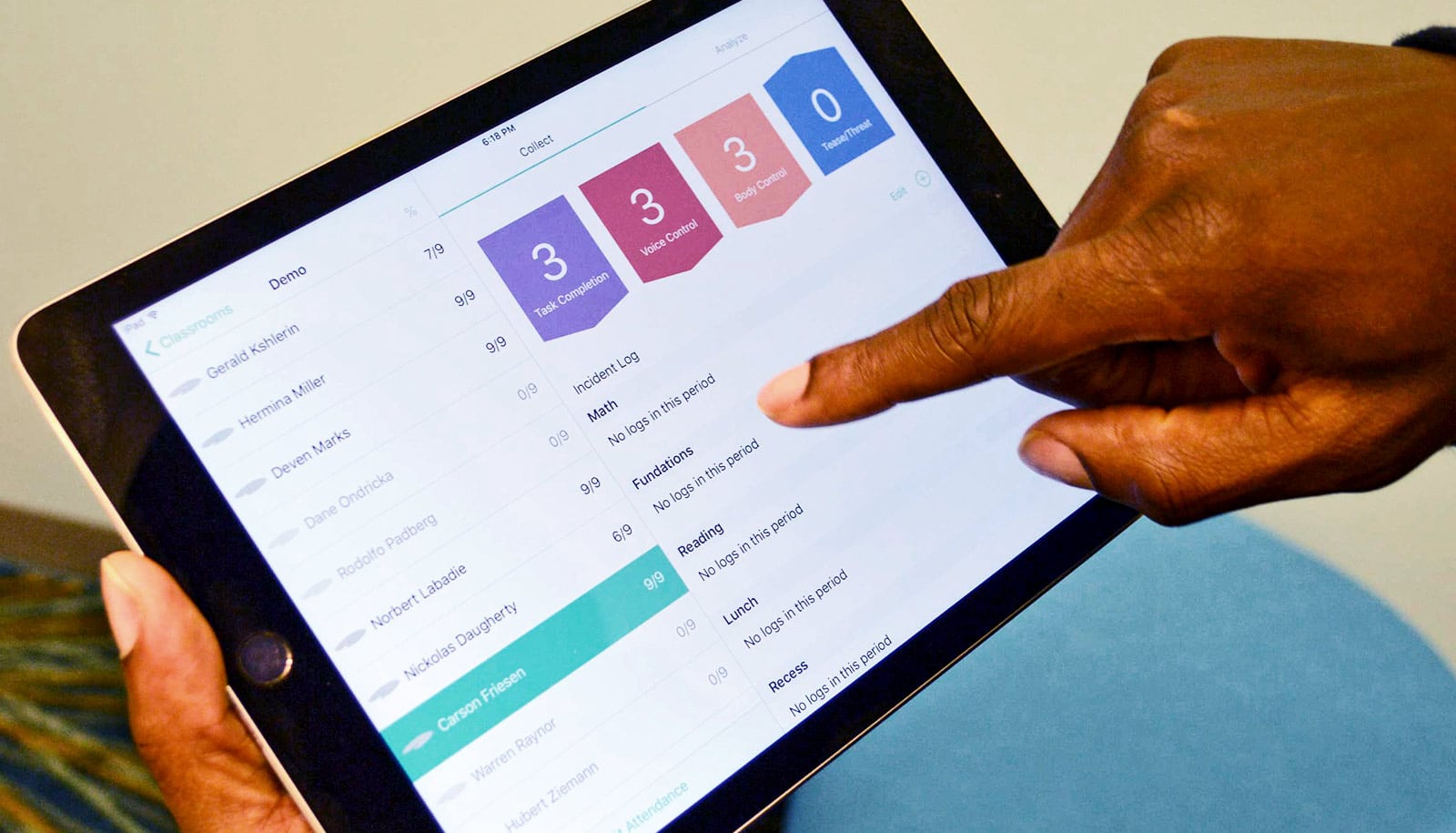Laptops and tablets in classrooms have educational virtues for elementary school kids, but they have limitations, too, a new study shows.
“You can’t simply throw technology at kids and expect positive outcomes,” says Annahita Ball, an assistant professor in the University at Buffalo School of Social Work and an expert in educational justice and school social work.
The new study, published in Children & Schools, shows a decrease in academic motivation for students who participated in a technology-based intervention.
Academic motivation and tablets in classrooms
Students’ attitudes toward school, how they respond to the challenges of learning, their confidence about managing assignments, and whether they work hard and try their best are all a part of academic motivation—the degree to which a student cares about school.
Though several factors other than the presence or absence of tablets might influence that motivation, Ball says the results of the new study point to the need for looking more closely at how technology fits into the early-learning environment.
“The critical piece for me is not about being anti-technology, but to emphasize that even with, or especially with, technology, schools must work on the interpersonal things that happen in schools,” she says.
“Schools are communities and we should find ways to help teachers understand how technology plays into the classroom, help kids use it in ways that facilitates their learning, and then help parents understand how to work with their kids.”
Engaging families
The researchers sought to close the broadband gap by giving tablets and home WiFi to students in an urban New York State school district to see how it would affect classroom and parental engagement.
About one in three children from low-income families don’t have a high-speed internet connection at home, compared to higher-income families where one in 1,200 children don’t.
Previous research has shown that relationship building between families and their children’s schools, known as family engagement, predicts strong student motivation.
“My focus is family engagement research, so I’m always interested in the ways that families engage with schools and how schools try to engage with families,” Ball says. “I’m also interested in changing classroom dynamics to help student-teacher relationships and positive youth development.”
Over the course of four months, Ball studied two fourth-grade and two fifth-grade classrooms. Each student had a tablet for use in the classroom, but students in a randomly selected class in each grade also received a take-home tablet and free broadband access at home. The researchers interviewed teachers about their students’ participation, and the students’ parents completed surveys.
This latest work is a pilot study that she hopes will help guide further research.
“These technology programs are being rolled out massively and the evidence on their effects is mixed,” says Ball. “Context plays a role, because teachers reported seeing more collaboration among the kids, so there is something that can be leveraged within the learning context to help kids benefit from these tools. We need to do more work to determine what that specifically might be.”
Source: University at Buffalo


